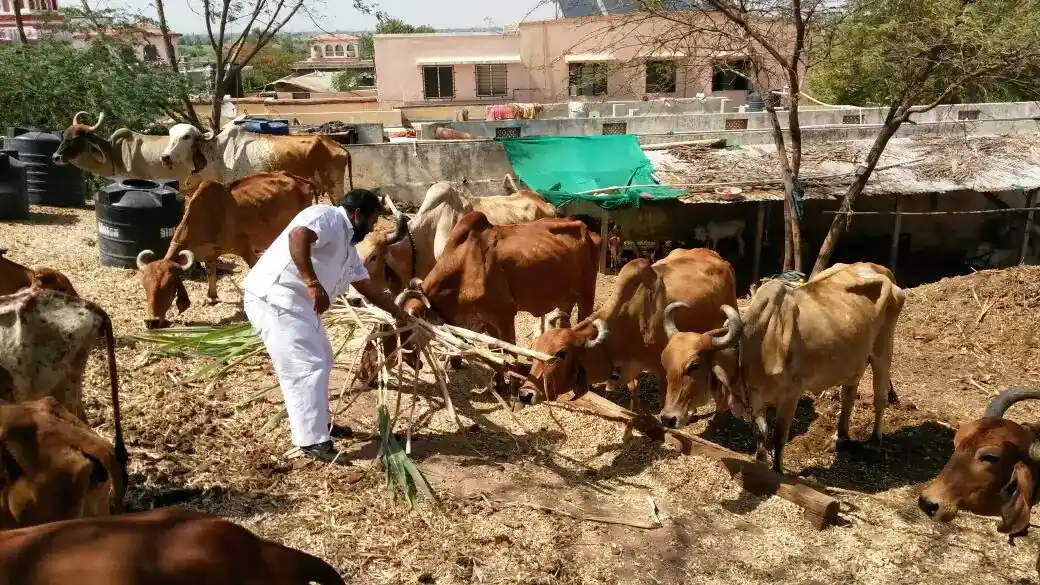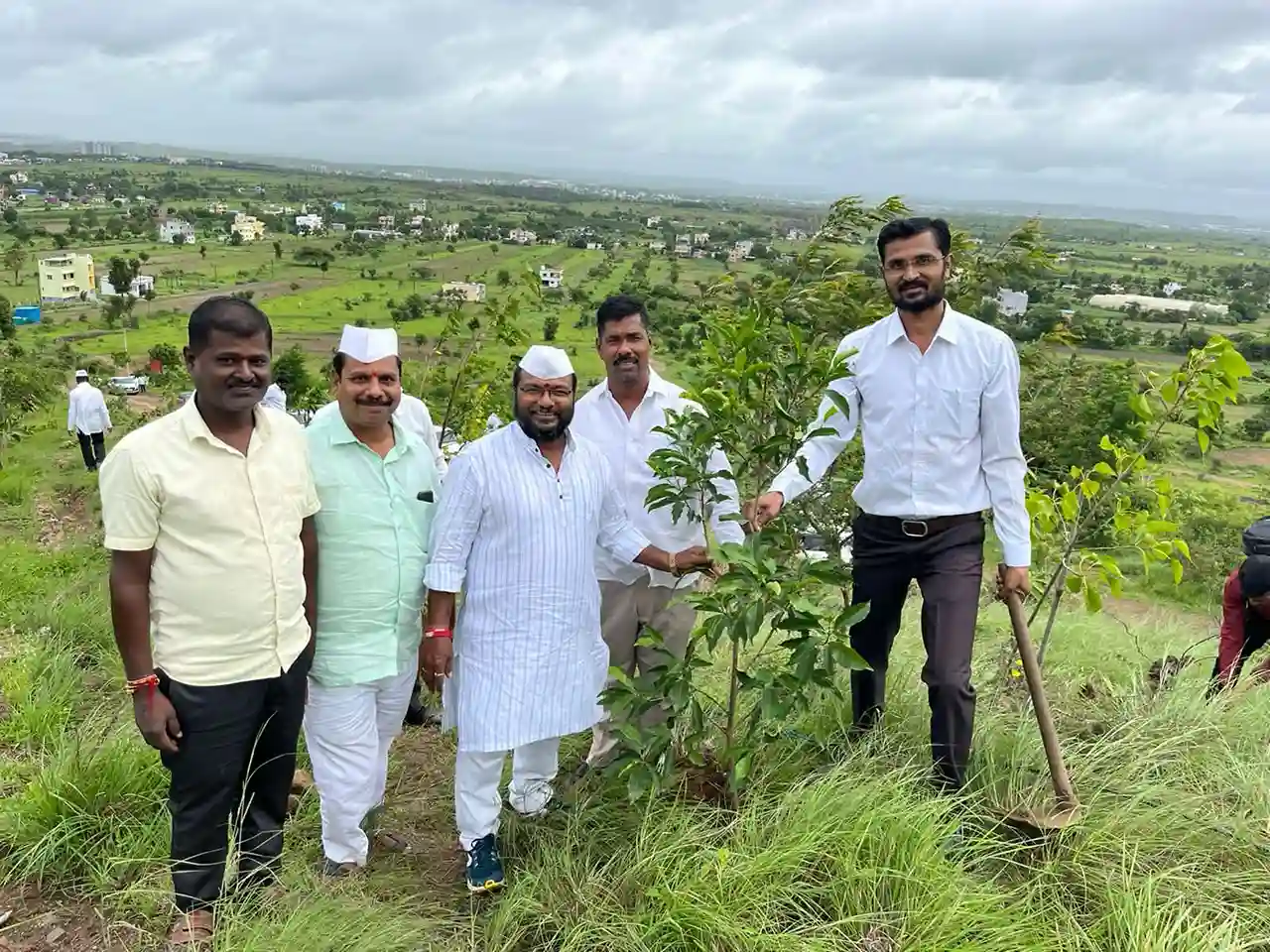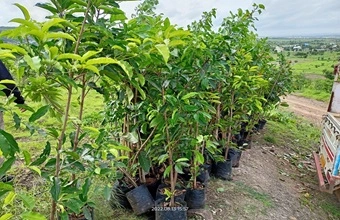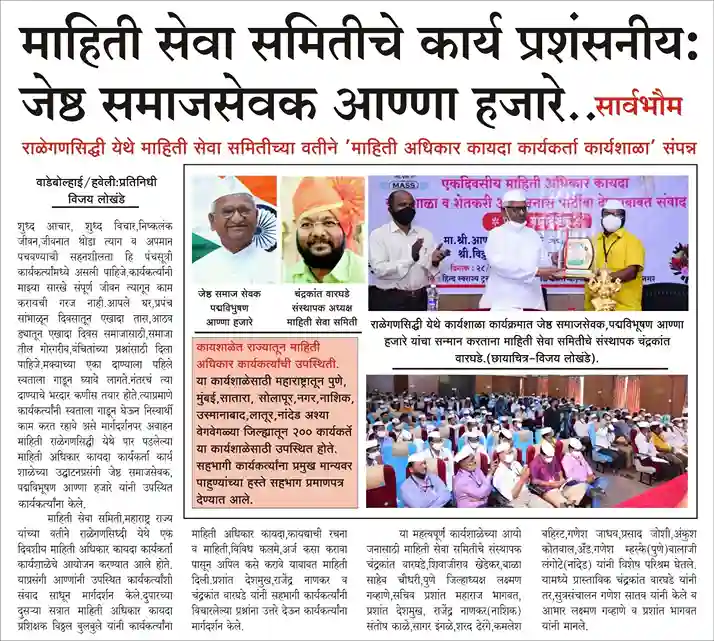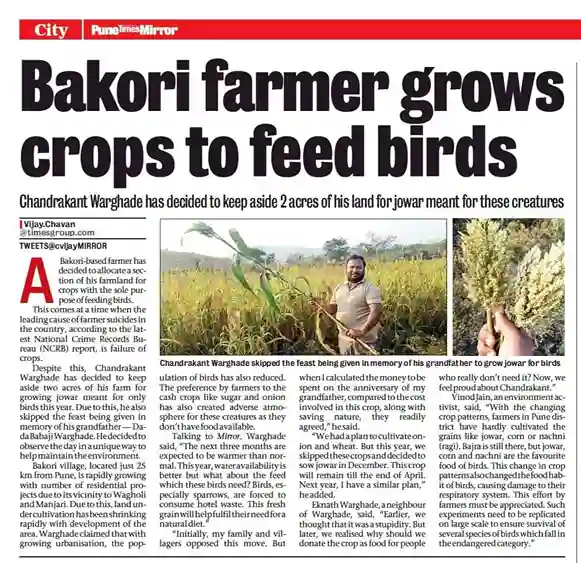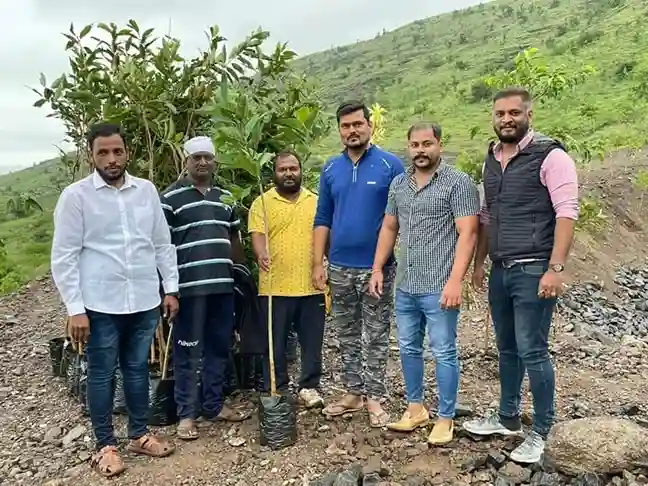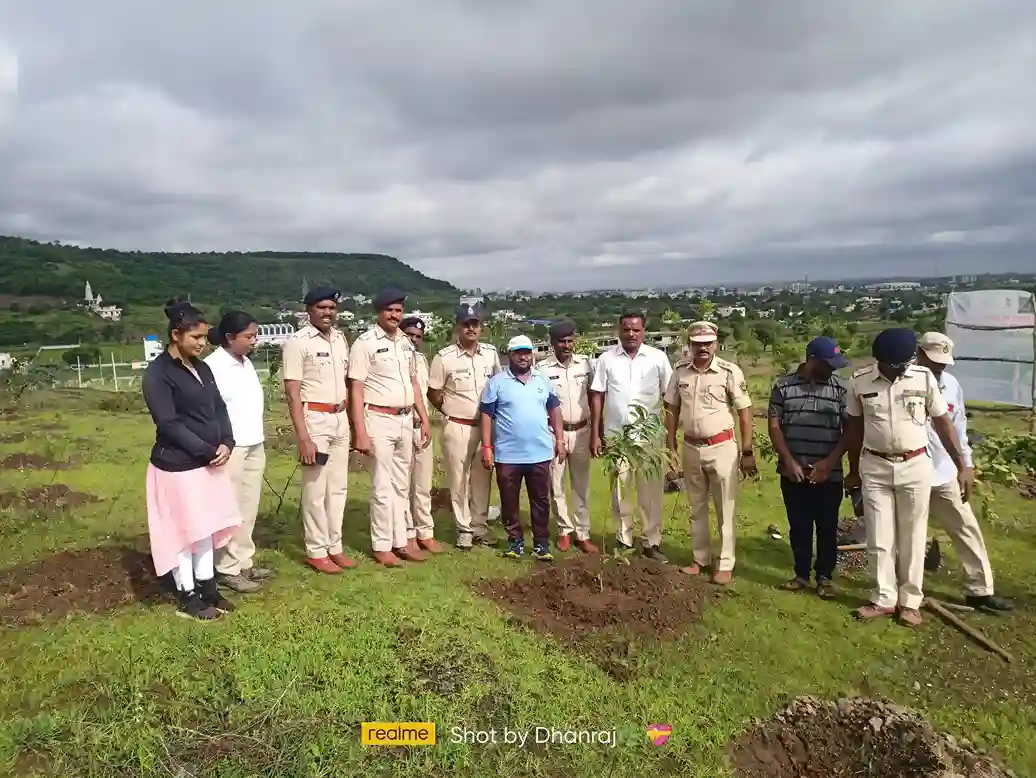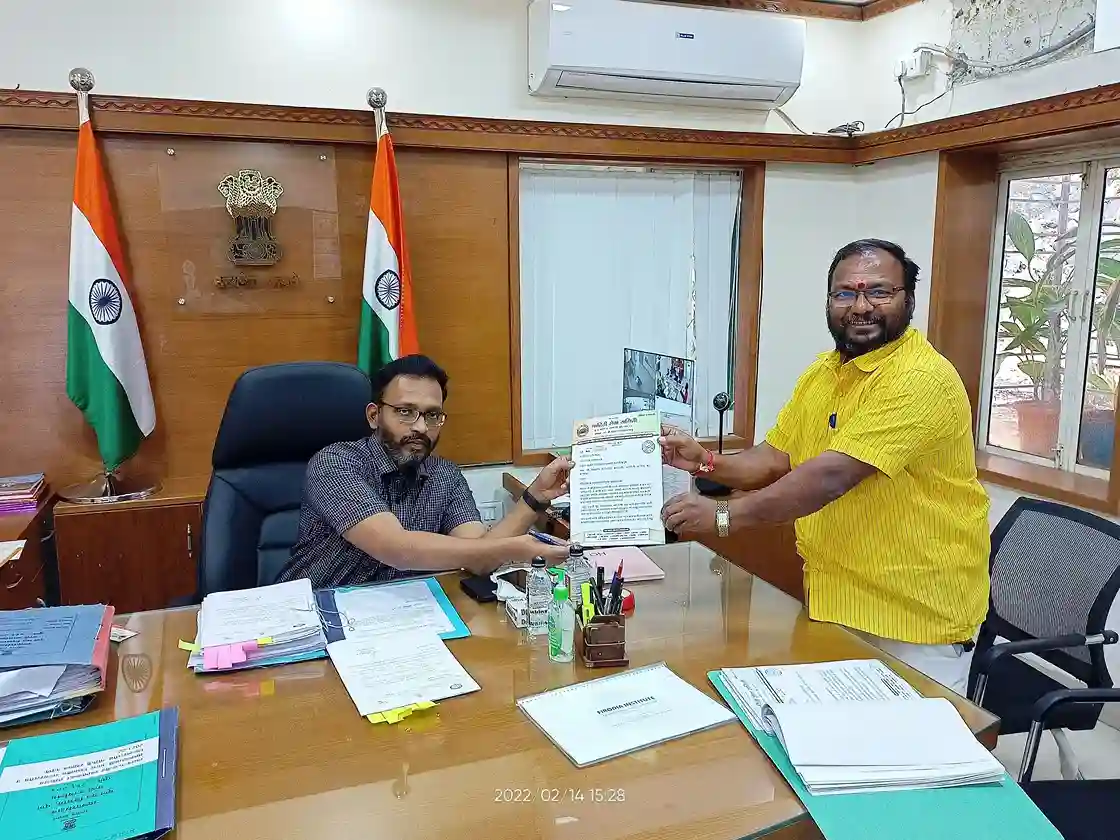Welcome
CHANDRAKANT WARGHADE
>
Chandrakant Warghade, more famously known as the "Tree
Man"who is an inspiration for many, He has planted a plethora
of trees like Banyan, Tamarind, Peepal, Pomegranate, Chikku,
Guava, Sheesham, Lemon and Neem trees on the hills.They have a
manmade pond as well that helps in watering the trees. In the
next few years, his aim is to plant five lakh plants on the
hill. And we can't wait for this to come true.
Warghade's
mission is gaining momentum as local residents nearby also
want to spend their birthdays planting trees on the hill and
give back to mother nature in whatever little way possible.
his commitment to public service led to serve as a member of the Peace Committee at Lonikand Police Station and actively contribute to the Haveli Taluka Corruption Eradication Committee.
The Benefits of Tree Planting for Communities and Ecosystems
Mass
Tree Plantation
Trees act as natural air filters by
absorbing pollutants like carbon dioxide (CO2), sulfur dioxide
(SO2), ammonia (NH3), and nitrogen oxides (NOx). They also
release oxygen through photosynthesis, contributing to cleaner,
fresher air. Trees help moderate temperatures by providing
shade and releasing water vapor into the air through a process
called transpiration. This cooling effect can mitigate the
urban heat island phenomenon, where urban areas become
significantly warmer than their rural surroundings.
Trees capture and store CO2 from the
atmosphere, which helps in reducing greenhouse gases and
combating climate change. Forests act as carbon sinks, playing
a critical role in global carbon cycles.

Water Harvesting
Water harvesting is crucial for
sustainable water management and conservation. It involves
collecting and storing rainwater and runoff from rooftops, land
surfaces, and other surfaces, which would otherwise be lost as
runoff. Here are some key reasons why water harvesting is
important: By harvesting rainwater, we reduce the strain on
traditional water sources like rivers, lakes, and groundwater.
This helps in maintaining their levels and ensures water
availability during dry periods or droughts.
Water harvesting helps in capturing and
storing rainwater or runoff for later use. This is particularly
important in regions where water availability is scarce or
unpredictable. By harvesting rainwater, communities can reduce
their dependency on groundwater and surface water sources,
thereby enhancing water security.
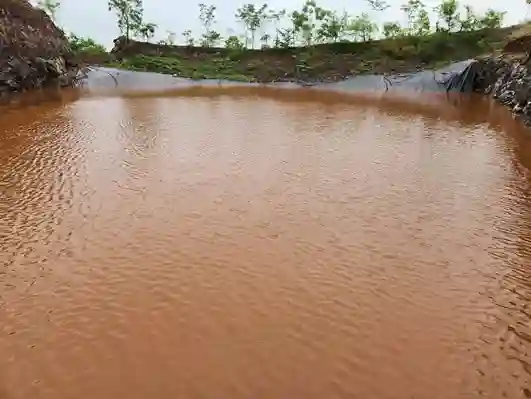
Animal welfare
Different animals require specific nutrients such as proteins, carbohydrates, fats, vitamins, and minerals in their feed for proper growth, maintenance, and reproduction.
Feed ingredients vary based on the animal's nutritional needs and can include grains (corn, wheat), protein sources (soybean meal, fish meal), fats and oils, vitamins, and minerals.
Feed is formulated to meet the nutritional requirements of specific animals at different stages of life.Good manufacturing practices ensure feed safety and quality. Contaminated or improperly formulated feed can lead to health issues.
Feed production is often regulated to ensure safety and nutritional adequacy. Compliance with these regulations is important for animal welfare and food safety.
